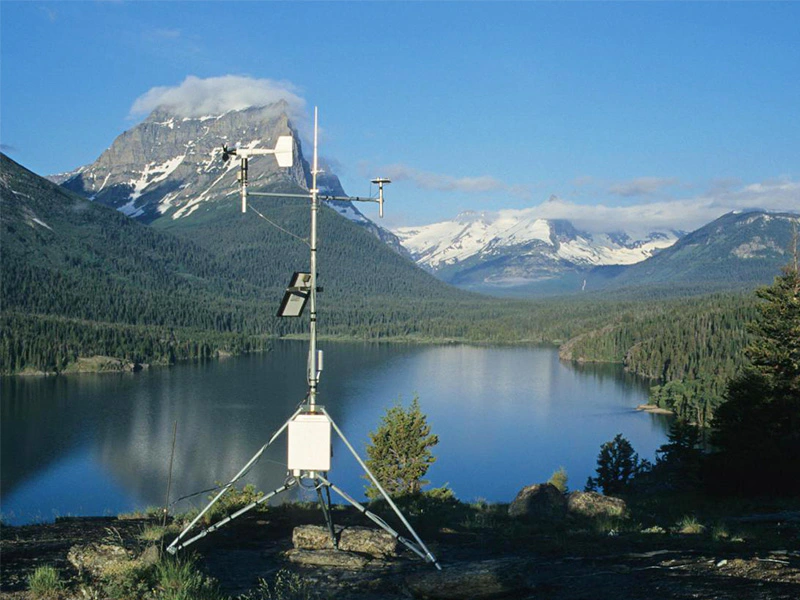
# Meteorological Station: Weather Monitoring and Data Collection
## The Importance of Meteorological Stations
Meteorological stations play a crucial role in modern weather forecasting and climate research. These facilities serve as the backbone of weather monitoring systems, collecting vital atmospheric data that helps scientists understand weather patterns and predict future conditions.
Equipped with various instruments, meteorological stations measure parameters such as temperature, humidity, atmospheric pressure, wind speed and direction, precipitation, and solar radiation. This data is essential for weather forecasting, agricultural planning, aviation safety, and climate change studies.
## Components of a Standard Meteorological Station
1. Temperature Measurement
Meteorological stations use thermometers housed in ventilated shelters to measure air temperature accurately. These shelters protect the instruments from direct sunlight while allowing air to circulate freely.
2. Humidity Sensors
Hygrometers measure relative humidity, which is crucial for understanding evaporation rates and predicting precipitation. Modern stations often use capacitive or resistive sensors for this purpose.
3. Wind Measurement Instruments
Anemometers measure wind speed, while wind vanes determine wind direction. These instruments are typically mounted on towers at standard heights (usually 10 meters above ground) to ensure consistent measurements.
4. Precipitation Gauges
Rain gauges collect and measure liquid precipitation, while snow gauges measure solid precipitation. Some advanced stations use weighing gauges or tipping bucket mechanisms for more accurate measurements.
5. Atmospheric Pressure Sensors
Barometers measure atmospheric pressure, which is fundamental for weather forecasting. Digital barometers have largely replaced traditional mercury barometers in modern stations.
## Data Collection and Transmission
Modern meteorological stations are increasingly automated, with data loggers collecting measurements at regular intervals (typically every minute or hour). This data is then transmitted to central processing facilities via various methods:
- Satellite communication for remote stations
- Cellular networks for stations in populated areas
- Radio transmission for local networks
- Direct cable connections for research stations
Applications of Meteorological Data
The data collected by meteorological stations serves numerous important purposes:
Weather Forecasting
Meteorologists use station data as input for numerical weather prediction models, helping to create accurate forecasts for public safety and various industries.
Climate Research
Long-term data from meteorological stations provides evidence of climate change and helps scientists understand global weather patterns.
Agriculture
Farmers rely on weather data for planting schedules, irrigation planning, and pest management.
Aviation
Airports use meteorological data to ensure safe takeoffs and landings, while airlines use it for flight planning and fuel efficiency.
The Future of Meteorological Stations
Technological advancements continue to improve meteorological stations:
- Miniaturization allows for more compact and portable stations
- Improved sensors provide higher accuracy and reliability
- Solar power enables operation in remote locations
- IoT connectivity facilitates real-time data sharing
- AI-assisted data analysis improves forecasting accuracy
As climate change becomes an increasingly pressing issue, the role of meteorological stations in monitoring and understanding weather patterns will only grow in importance. These stations serve as our eyes on the atmosphere, providing the data needed to make informed decisions about our changing planet.
Keyword: meteorological station